Other Names in English (UK, USA, Canada, South Africa, Australia, New Zealand): –
3. Scientific Name: Pistacia terebinthus L.
Synonyms: Lentiscus terebinthus (L.) Kuntze
English Name: Terebinth
Other Names in English (UK, USA, Canada, South Africa, Australia, New Zealand): Pistacia terebinthus seeds, Terebinth seeds, Turpentine, Cyprus Turpentine, Eastern Turpentine Tre
Family: Anacardiaceae
GENERAL DATA
Plant Parts: Fruit
Cultivation Mode: Wild collection
In Manufacturing: Pharmaceutical, cosmetic, nuts, spice, food, bakery, confectionery, beverages, perfumery.
In Food: It is used in cooking
Industries That Use Wild Pistachios (Pistacia atlantica Seeds)
Here’s a detailed, high-quality breakdown for Wild Pistachios, also known as Atlantic Pistachios or Pistacia atlantica seeds, from trees like Pistacia atlantica Desf., Pistacia khinjuk, and Pistacia terebinthus. (Also known as: Atlantic Pistachios, Mt. Pistachios, or Wild Terebinth Nuts)
1. Food & Beverage Industry
Wild pistachios are prized in various regions for their distinct flavor, nutritional value, and traditional culinary uses.
-
Snacks – Roasted or raw wild pistachios are eaten like regular nuts in:
-
Middle Eastern and Mediterranean diets
-
Specialty health snacks
-
-
Confectionery – Used in traditional sweets, nougats, or pistachio-based pastes
-
Cooking Oil – The pressed oil (especially from Pistacia khinjuk) is:
-
Used for drizzling, frying, or in local traditional recipes
-
High in unsaturated fats and aromatic compounds
-
✅ The taste is more earthy and intense than cultivated pistachios.
2. Nutraceutical & Herbal Supplement Industry
Wild pistachio seeds are used for their medicinal properties and rich content of:
-
Antioxidants (polyphenols)
-
Healthy fats (oleic and linoleic acids)
-
Anti-inflammatory compounds
-
Common uses:
-
Heart and liver health formulations
-
Antioxidant-rich supplement powders
-
Natural oil capsules for inflammation support
-
✅ Often marketed as a wild superfood or functional nut.
⚠️ These uses are popular in Persian, Greek, Turkish, and Kurdish traditional medicine.
4. Cosmetic & Personal Care Industry
Wild pistachio oil (cold-pressed from the seeds) is valued for its:
-
Skin-softening properties
-
Anti-aging benefits (rich in Vitamin E and fatty acids)
-
Antibacterial effect (used in herbal acne treatments)
Used in:
-
Face oils
-
Anti-wrinkle creams
-
Scalp and hair conditioning treatments
6. Industrial & Artisan Applications
-
Terebinth resin (from trees) is used in:
-
Traditional soap making
-
Organic varnishes or adhesives
-
Incense and aromatic preparations
-
7. Academic & Scientific Research
Wild pistachios are studied for:
-
Cardiovascular health benefits due to their lipid profile
-
Anti-cancer and antimicrobial properties
-
Sustainable agriculture and drought-resilient crops
| Industry | Applications & Products |
|---|---|
| Food & Beverage | Snacks, oils, traditional sweets |
| Nutraceutical | Heart & liver health, antioxidant blends |
| Pharmaceutical/Traditional | Digestive/liver support, joint care |
| Cosmetic & Personal Care | Face oils, creams, natural anti-aging products |
| Aromatherapy & Natural Care | Chest rubs, pain-relief balms, herbal massage oils |
| Industrial/Artisan | Resin for soap, varnish, incense |
| Academic & Research | Health effects, sustainable farming, medicinal compounds |
HARVEST CALENDAR
Feb
Mar
Apr
May
Jun
Jul
Aug
Sep
Oct
Nov
Dec
Export Quality Wild Pistachio, Pistacia Khinjuk, and Terebinth Seeds from Iran
At ACPFood, we specialize in the bulk export of wild pistachio fruit sourced from Iran, including Pistacia terebinthus, Pistacia khinjuk, and related terebinth seeds. Our dried wild pistachios are ideal for use in herbal medicine, natural oils, and traditional food production, widely sought after by nutraceutical manufacturers, herbal remedy producers, and spice wholesalers. As a trusted Iranian wild pistachio supplier, we ensure premium quality, consistent sourcing, and fast global delivery. Whether you require aromatic wild pistachio for culinary use, terebinth seeds in bulk for extraction, or resin-rich wild pistachio kernels for natural product development, ACP Food provides reliable B2B export solutions for your business.
Purchase Terebinth seeds, please contact us.
About Pistacia Atlantica
Pistacia atlantica is a type of mountain pistachio whose tree height reaches seven meters which has many species. The Pistacia atlantica resin comes out of the trunk of this tree naturally or by creating through collectors. The leaves of Pistacia atlantica are elongated, oval, and sometimes almond-shaped, and grow reciprocally without petioles.
What Do Terebinth Seeds Taste Like?
Atlantic pistachios are a very tasty nut. The raw type of this fruit has a sour taste and does not need to be peeled. But when it ripens, its shell becomes hard and it should be broken and eaten.
The kernel of this fruit can be eaten raw, roasted, salted or without salt.
The Difference Between Pistachio and Pistacia atlantica Seeds
Atlantic Pistachio tree is a drought-friendly tree and grows well in hot and dry areas. The fruit of this plant has an oily, small, hard and round kernel. Its kernel looks like a common pistachio (Pistacia vera L.), but it is a little smaller and dark green. It is suitable for dry weather because it uses a few amount of water. It has a high commercial value. It is propagated through seeds. It is one of the tall trees.
The color of its fruit is pink at first, which turns red after a while and turns green when ripe. The gum obtained from this tree has a high commercial value and is used in several industries.
This tree produces a large amount of fruits every year which has a sour taste.
Terebinth seeds is one of the natural and wild ancestors of the common pistachio, and because it comes from a tree that grows only in pristine and untouched nature, and no fertilizers or chemicals are used in the production of this type of pistachio, it has higher and better properties than common pistachios.
But the common pistachio tree has a fruit with two skins, one of which is grassy and soft, which is easy to separate, and the other is hard, which does not need to be broken, because the shell is opened itself and you can eat its kernel. Its fruit is bigger than Pistacia atlantica seeds.
There are different types of common pistachios such as: Fandoghi, Kale Ghouchi, Akbari, Ahmad Aghaei, etc.
Pistacia Atlantica Chemical Constituents
The fatty acids, sterols, triacylglycerols (TAG), tocopherols, polyphenols, and pigments.
Oleic acid, palmitic acid and octadecanoic acid are the main components in the oil of P. atlantica.
To order Pistacia terebinthus seeds, please contact us.
Wild Pistachios Seeds Temperament
Its fresh fruit is primarily warm and dry. Its dried fruit is hot and dry in the third degree.
The fruit of this tree is diuretic and stimulant. It is useful for strengthening sexual power and opens the blood of hemorrhoids that have been cut off, warms the stomach and kidneys, and removes bloating, and is useful for cough, paralysis, facial nerve paralysis and dropsy.
The fruit softens the stiffness caused by injury and impact, removes phlegm excrements from the body, and improves palpitation, back pain, colic, and fainting. Eating the fruit of this tree with vinegar cleans the liver and is useful for headaches and snake and tarantula bites.
Eating the fruit with almonds and sugar is fattening and relieves urine intermittency.
The poultice of the combination of dried Pistacia atlantica leaf powder with vinegar and oil makes the hair grow back, makes it long and healthy and removes its roughness.
The decoction of the bark of this tree sprinkled on the swellings helps to dissolve the swelling.
Constantly washing the body with Persian Turpentine tree leaves in the bathroom removes bad body odor and is good for catarrh. Poultice of the wood ash of this tree with oil improves alopecia areata.
Its burnt fruit poultice is useful for hair growth for people who have hair loss.
Pistacia atlantica for sale, please contact us.
Pistachio nuts are a completely natural and organic product without any additives or preservatives, a healthy and nutritious snack, rich in vitamins and minerals and suitable for all ages.
Prepared from the best and highest quality natural mountain pistachios from the heights of the Zagros mountains of Iran.
To order Atlantic Pistachio, please contact us.
Atlantic Pistachio Dose
From 5 to 10 grams.
Wild Pistachios Seeds Side Effects
The fruit of Pistacia atlantica tree is slow digesting. It produces a bad chyme, causes headaches and is harmful to the brain of hot temperaments and those who have hot stomachs. Excessive consumption of its fruit causes aphthous ulcer and loss of appetite.
Pistacia khinjuk Modifiers
Rose water, Rhubarb paste, sour fruit pastes and Sekanjebin for Pistacia khinjuk. If you cook its fruit in bread, it will be digested easier.
Pistacia atlantica fruit is difficult to digest and is harmful for hot-temperaments. For this reason, hot-tempered people should eat it with vinegar, Gum Tragacanth or Sekanjabin.
To order Terebinth seeds, please contact us.

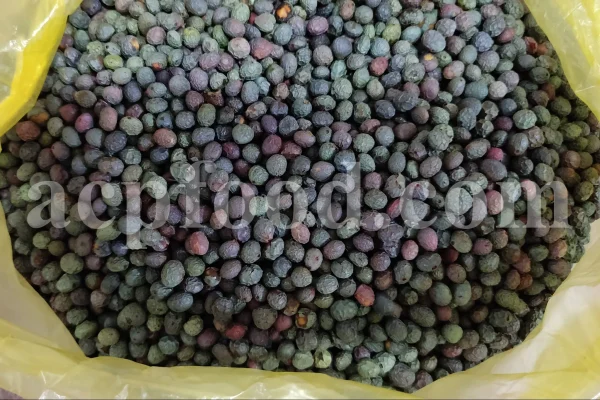
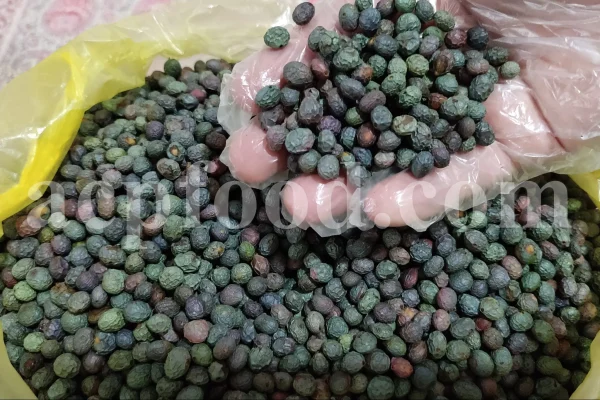

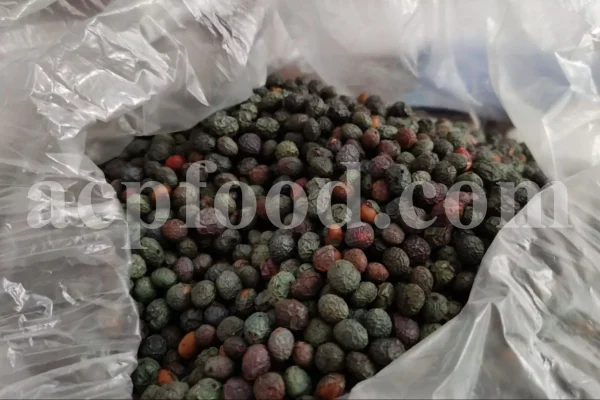
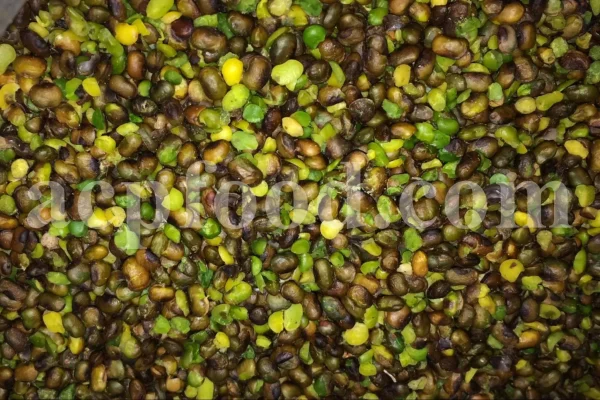
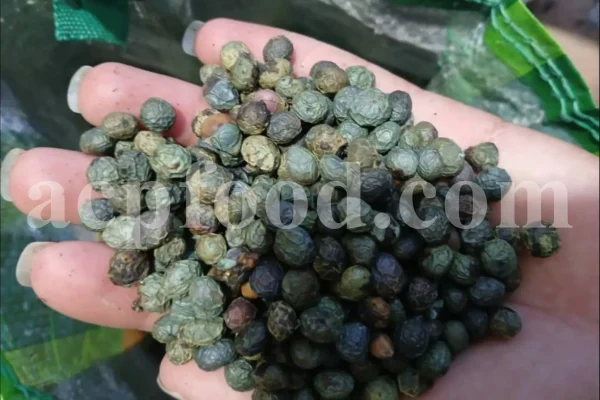
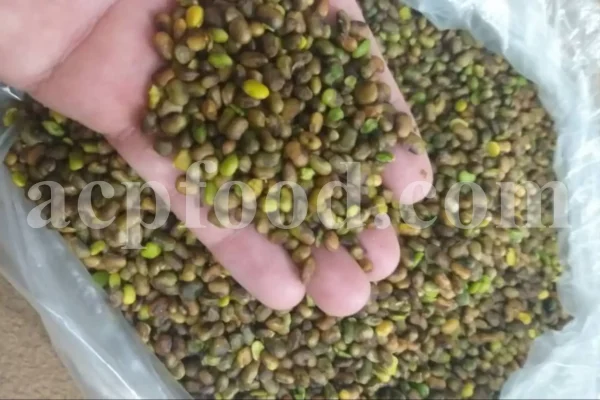
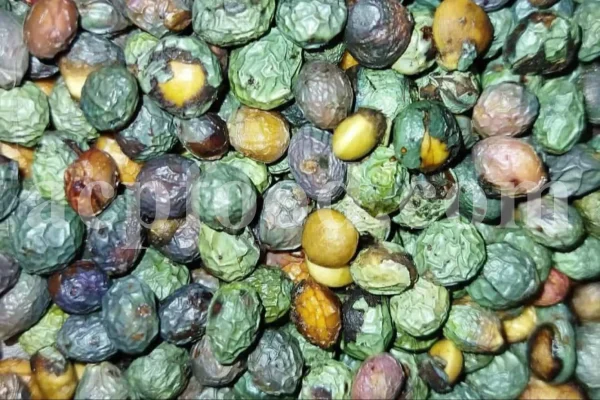
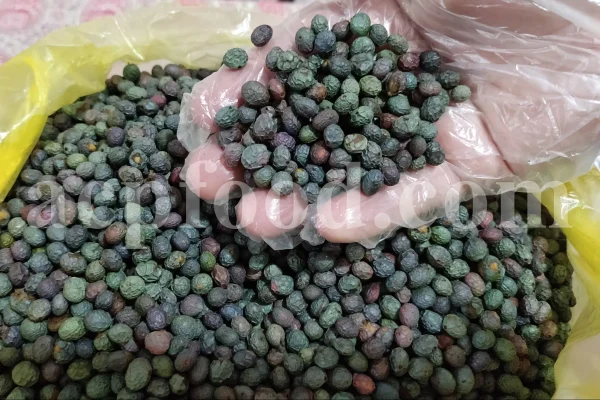
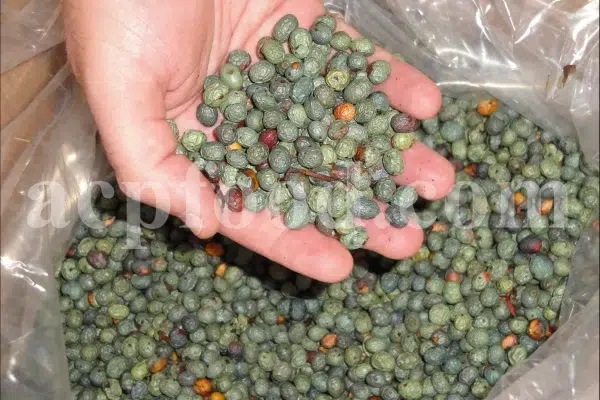
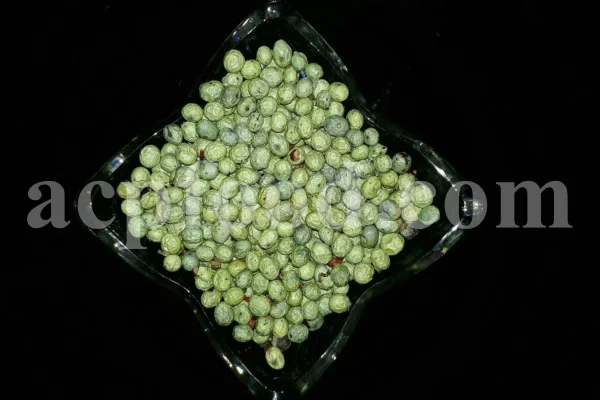
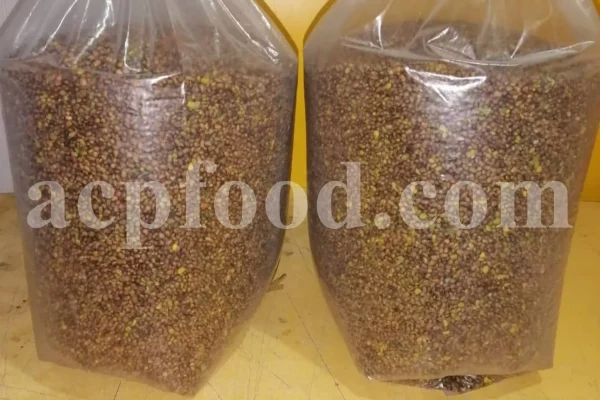

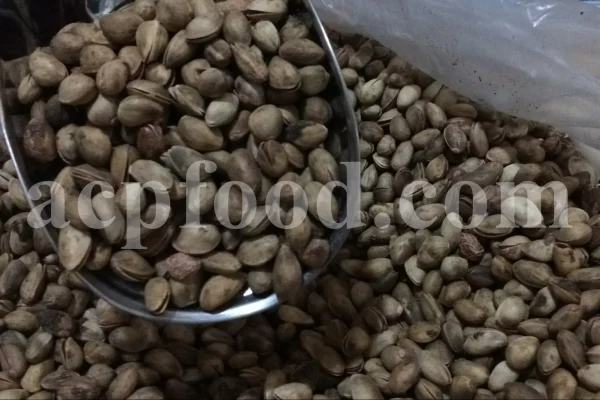
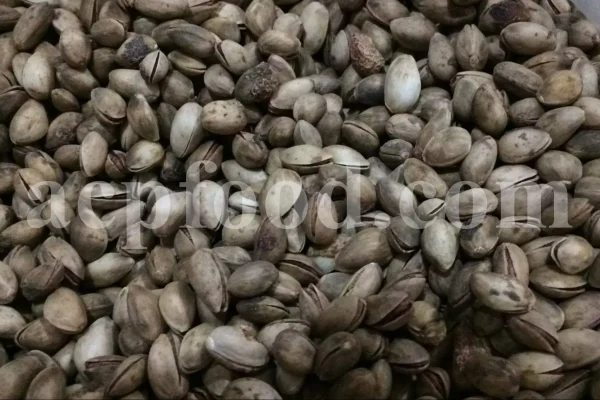
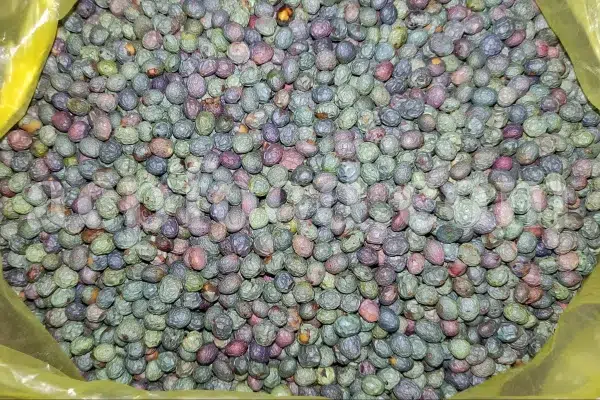

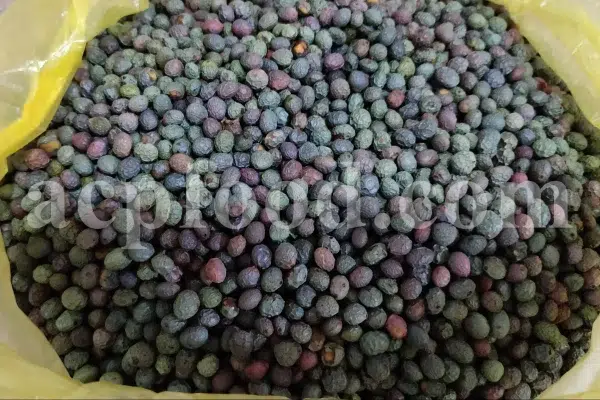
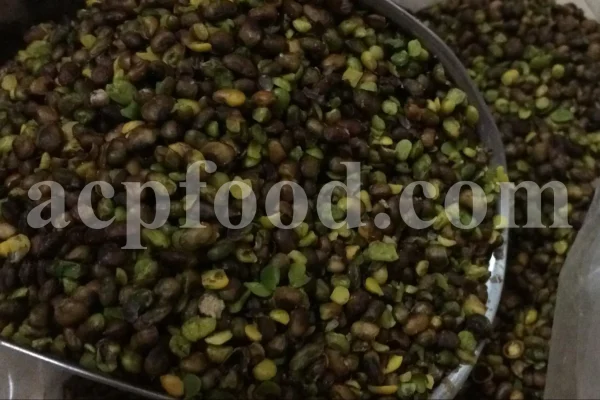

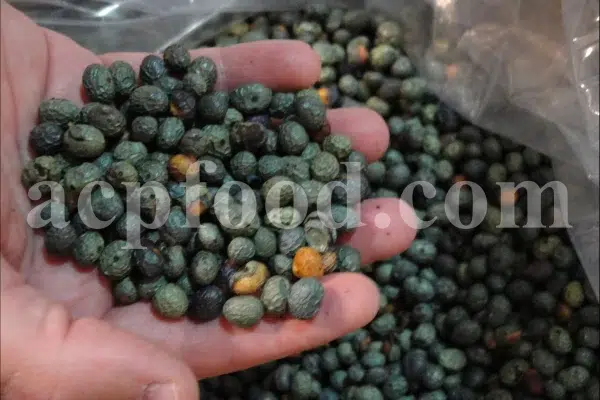
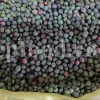
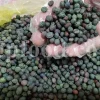
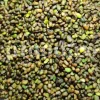
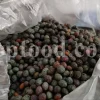
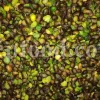

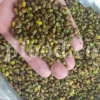

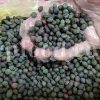
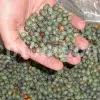
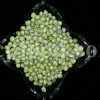
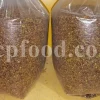
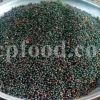

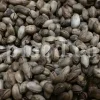

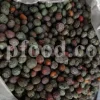

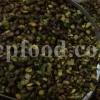

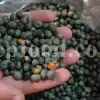
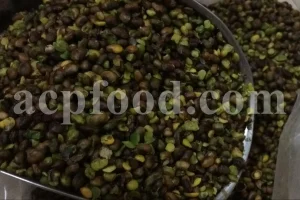
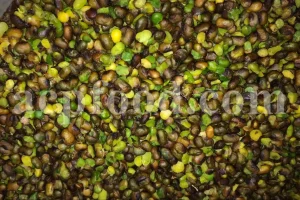
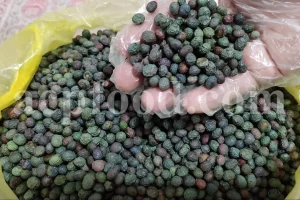
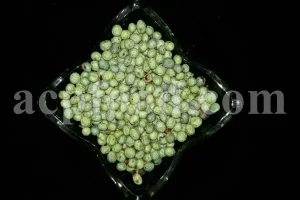
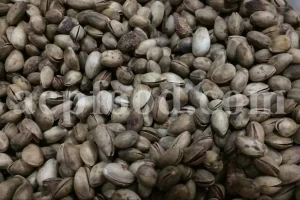
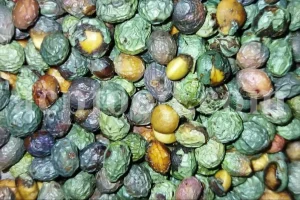
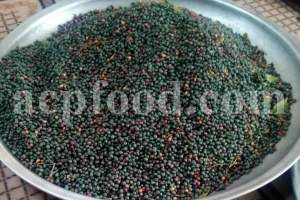
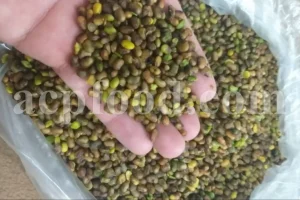
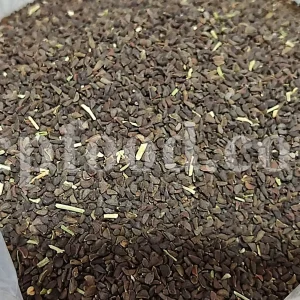
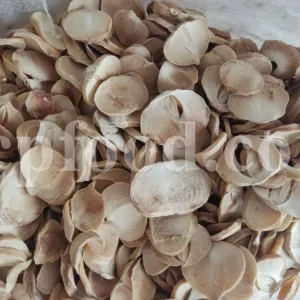
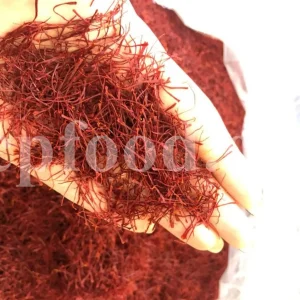
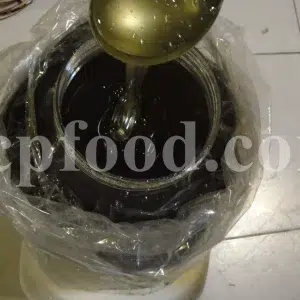
Reviews
There are no reviews yet.